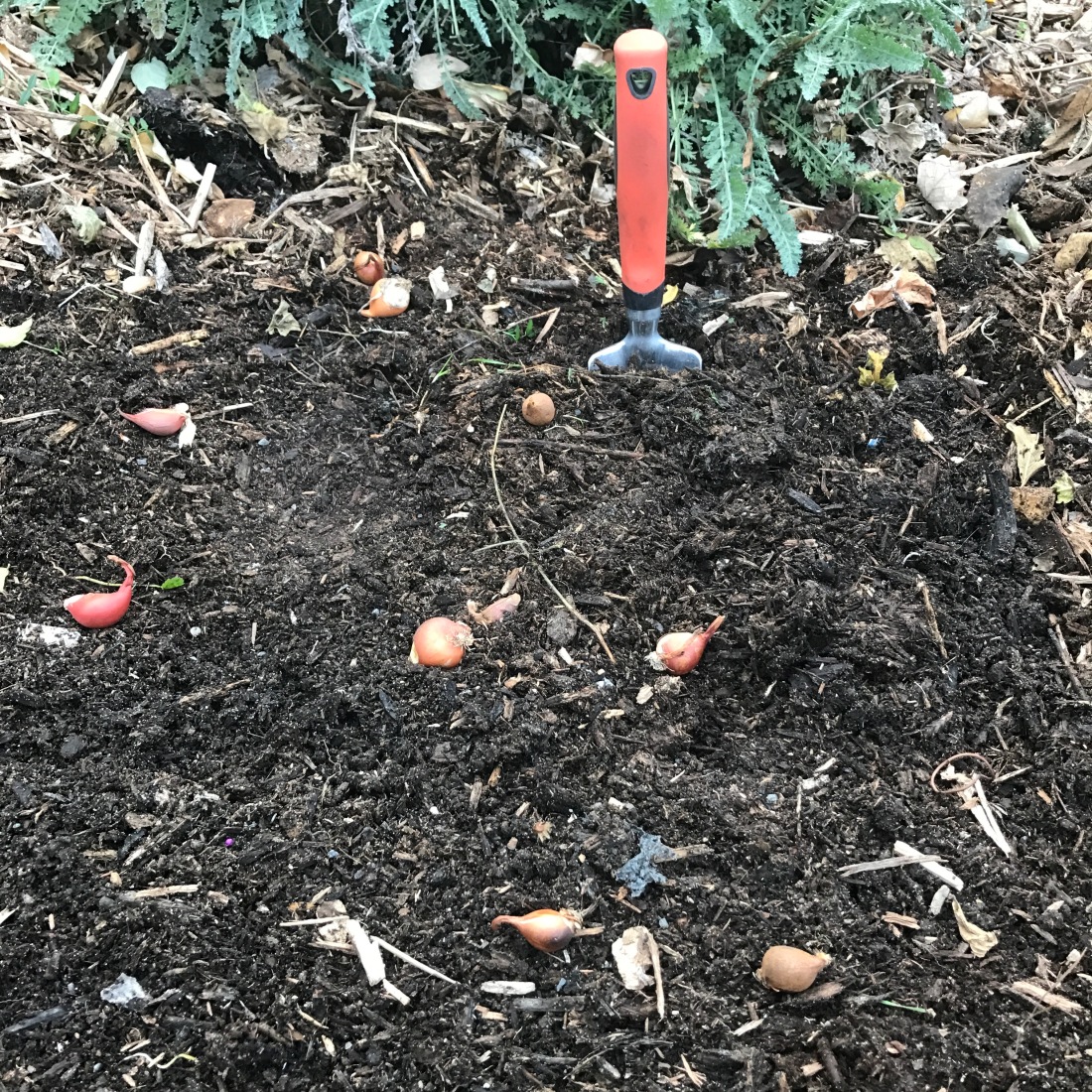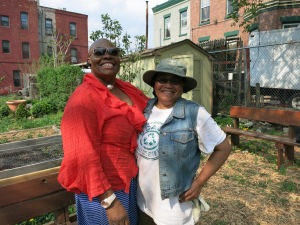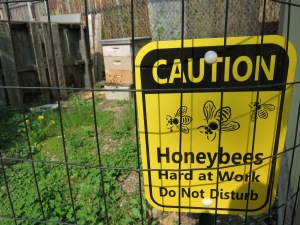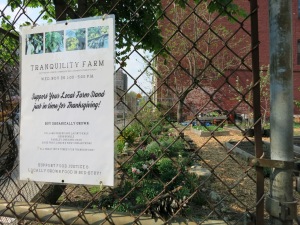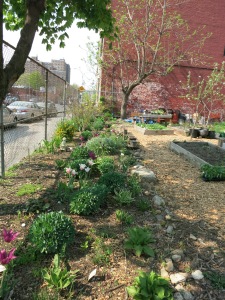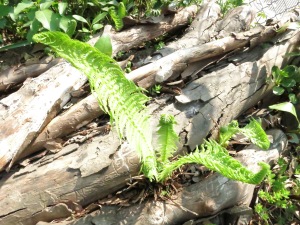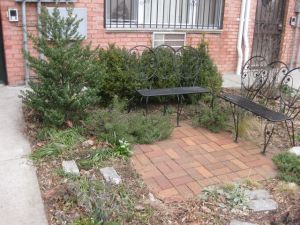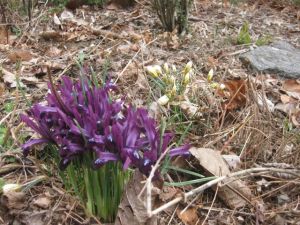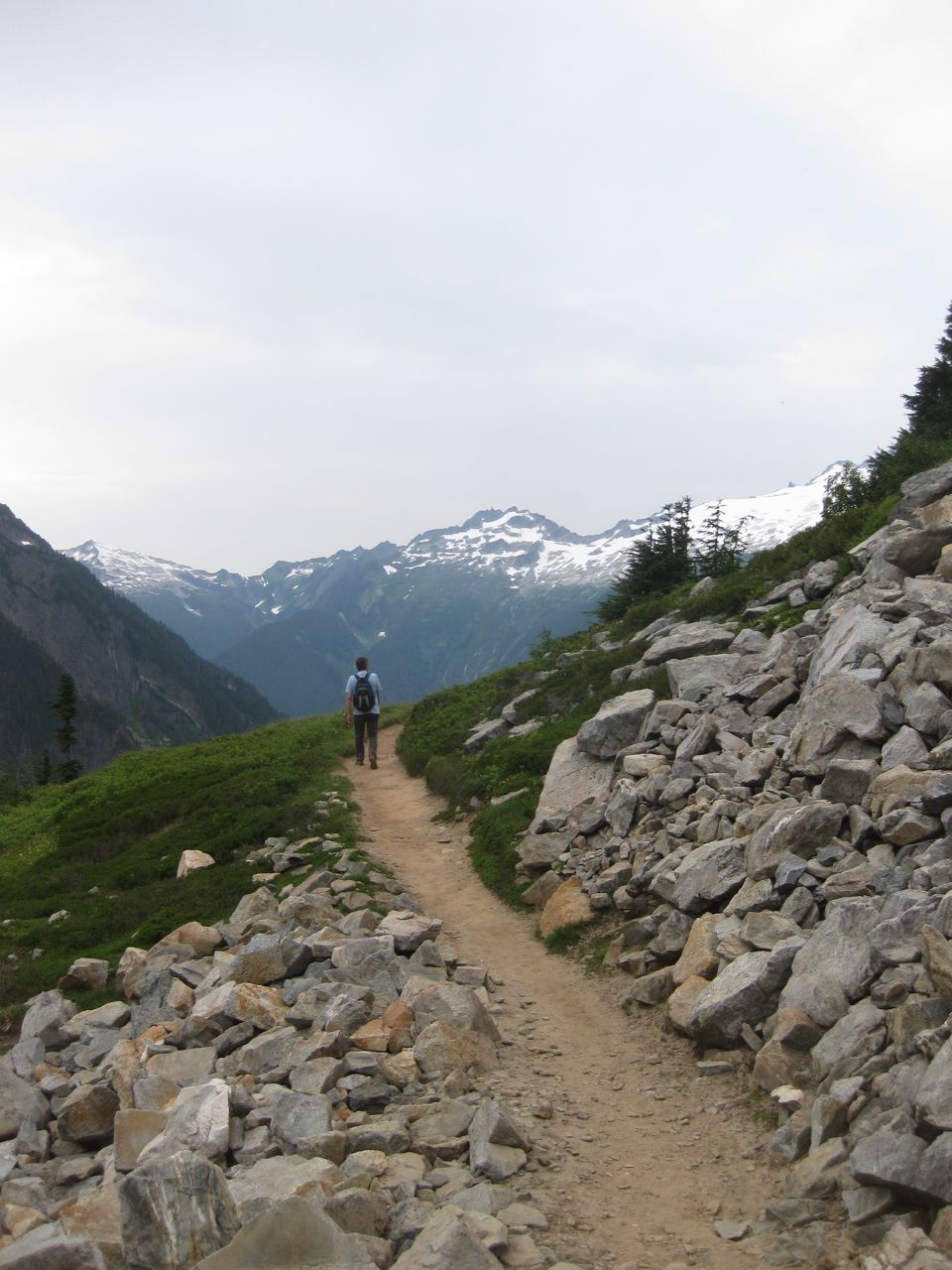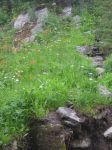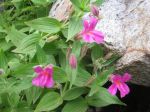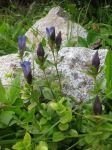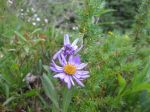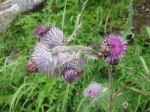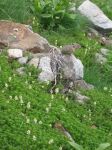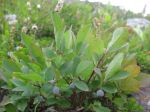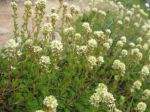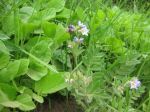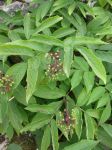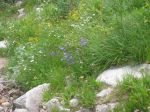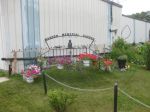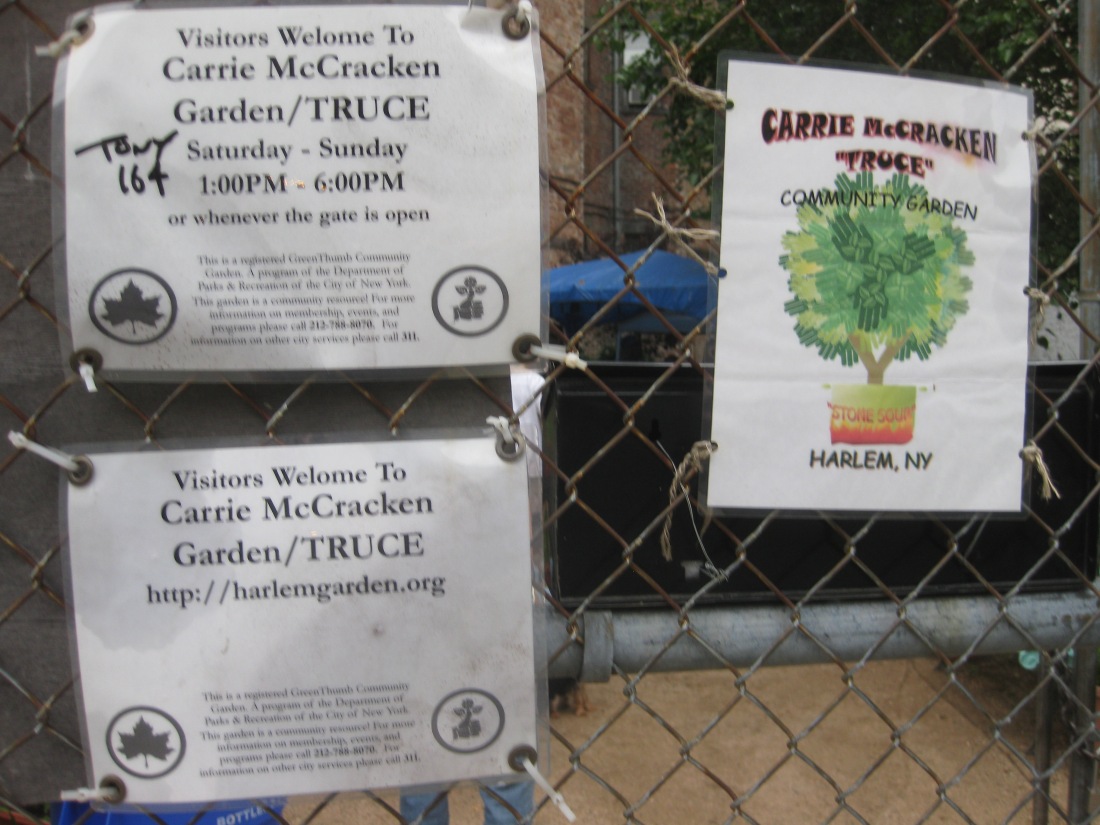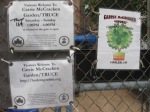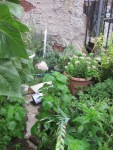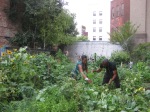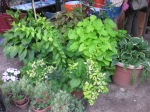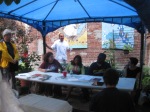Every year I get stacks and stacks of seed catalogs in the mail. It can be overwhelming. Some of them go straight into the recycling bin. Others look interesting enough, so I’ll keep them around for a bit, leaf through them, and then end up tossing them. In the end, I have five mainstays, from whom I’ve been ordering year in and year out. Almost all of them are in the northeast, or at least along the east coast — not that shipping seeds is a huge environmental drain, unlike, say bananas from Indonesia. I like these companies for distinct reasons.
- Fedco Seeds – I like them because they are a cooperative business, with a super strong environmental ethic. Their prices are amazing, and they offer a selection of dye plant seeds. I focus the bulk of my purchase from them, because they’re so affordable and I want to support what they do. (‘F’ on order list below.)
- Southern Exposure Seed Exchange – Another cooperative business with a strong environmental ethic. Whereas Fedco specializes in varitieties adapted to the short seasons of northern New England, Southern Exposure specializes in varieties suitable for the southeast.They have a great variety of plants associated with the American south — collards, okra, peanuts, and even cotton. Of course Brooklyn, where I garden, is in between the two regions, in the Mid-Atlantic, so getting part of my annual supply from both feels right to me. (‘SE’ on order list below.)
- Hudson Valley Seed Company – While this is not a cooperative, they also have a rock solid environmental commitment and an associated non-profit seed library. They are well-known for their fabulous “art packs” designs, which they commission from different artists through a competitive process. Because they’re the closest to Brooklyn, I arguably should be buying most of my supply from them. But their prices tend to be on the high side. So I select a few varieties that nobody else carries, because I’ve fallen in love with the cover art.(‘HVS’ on order list below.)
- Johnny’s Selected seeds – Started in 1973, this may be the oldest outfit of all my regulars. Johnny’s quality is always very high, their list of offering very thoughtful, and I’ve been buying from them for so long, I can’t imagine starting a new year without a few fresh packets of their seeds. Yes, I’m superstitious — i think most gardeners are. But what I really like about Johnny’s is how quickly they process their orders. If I run out of something, I can usually get a fresh supply in four days, at any time of year. For instance, last week I realized I didn’t have any mache seeds. I now have a fresh packet to put in the ground, maybe this afternoon. (‘JSS’ on order list below.)
- Select Seeds – This is a primarily a flower seed vendor, specializing in the kind of old-fashioned flowers that I love. They have done a lot of work in reviving old varieties, and a lot of what they sell is essentially open-pollinated. Their catalog has brilliant ideas for combining plants that in my experience, are spot-on. (‘SS’ on order list below.)
- Tomato Growers Supply Company – I find solanaceous plants — tomatoes, peppers, eggplants, potatoes– endlessly fascinating. In another life, I would like to come back as a professional ethno-botanist, and devote my life to studying them. So I love, love, love the Tomato Growers catalog, which has a rich description for each variety that they sell. More than any other seed house, I find myself over-ordering from them. The only reason I could think of leaving the city is to have more land to grow the plants from the nightshade family that I so love. (‘TG’ on order list below.)
- On that note, this year I’m adding Refining Fire Chiles to the list, because they sell a couple of varieties of chiles that I couldn’t find anywhere else. This company has a fascinating story, and I look forward to getting to know them better. You should read their company history on their website. (‘RF’ on order list below.)
Ok then, here’s my order list. Believe me, this took hours of time to develop, with a lot of excruciating decisions. Also, not included are the seeds that I collect and don’t purchase (not as many as I would like) and seeds for which I have a leftover supply from last year (I’m looking at you huge packet of arugula).:
Vegetables
- Collards- Cascade Glaze (F)
- Kale – Rainblow Lacinato (F)
- Mexican Cucumber (F)
- Red mustard – Ruby Streaks (SE)
- Italian flat beans – Greencrop and Golden Gate (F)
- Tall Sugar snap peas (SE)
- Fava beans – Sweet Lorane (SE)
- Mizuna – Early (F)
- Long beans – Chinese Red Noodle (SE)
- Mache – Hong vit (JSS)
- Beets – Cylindra (SE)
- Cutting celery (JSS)
- Italian parsley – Titan (JSS)
- Bitter melon – Jade Dragon (F)
- Purslane – Golden (F)
- Purple pak choi (F)
- Tomatillos – Purple (F)
- Basil – Genovese (HSV)
- Basil – Sweet Dani Lemon (F)
- Peanuts – Schronce’s Deep Black (SE)
- Turnip – Gilfeather (SE)
- Papolo (SE)
- Slavic Solstice Radish (HVS)
- Vit, mache (JSS)
- Hong Vit (JSS)
- Long Island Cheese Pumpkin (HSV)
- Carrots – Tonda di Parigi (FS)
Tomatos
- Japanese Trifele Black (TG)
- Black Cherry (TG)
- Garden Peach (TG)
- Sun Gold Hybrid (TG)
Peppers
- Purple Serrano (TG)
- Trinidad Perfume (TG)
- Chile de Agua (RF)
- Chilhuacle amarillo (RF)
- Fish Pepper (HVS)
Dye Plant Garden
- Japanese indigo (F)
- Bronze fennel (F)
- Dyers coreopsis (F)
- Cosmos sulphureus – Tango (F)
- Madder (F)
- Calendula resina (F)
- Marigolds – Tashkent (SE), Court Jester (F) and Burning Embers (SS)
- Purple basil – Round Midnight (F)
- Cotton – Nankeen (SE)
Flowers
- Alyssum – Benthamii (SS)
- Nasturtium – Indian Cress (SS) and Tall Climbing (F)
- Four O’Clocks – Fairy Trumpts (SS)
- Balsam (SS)
- Amaranth – Molten Fire (SS)
Cut Flowers
- Zinnias – Pumilk (F)
- Zinnias – Peppermint Stick (SS) and Queen Red Lime (SS)
- Job’s Tears (SS)
- Ageratum – Dondo blue (F)
- Snapdragon – Rembrandt (SS)
- Verbena bonariensis (F)
- Yarrow – Summer Pastels (F)
- Celosia ‘Flamingo Feather” (SS)
- Tassel Flower (SS)
- Sunflowers Velvet Queen and Skyscraper (HVS)
- Dahlias – Bishops Children (SS)
Herbs
- Motherwort (F)
- Feverfew (SE)
- Epazote (HVS)
